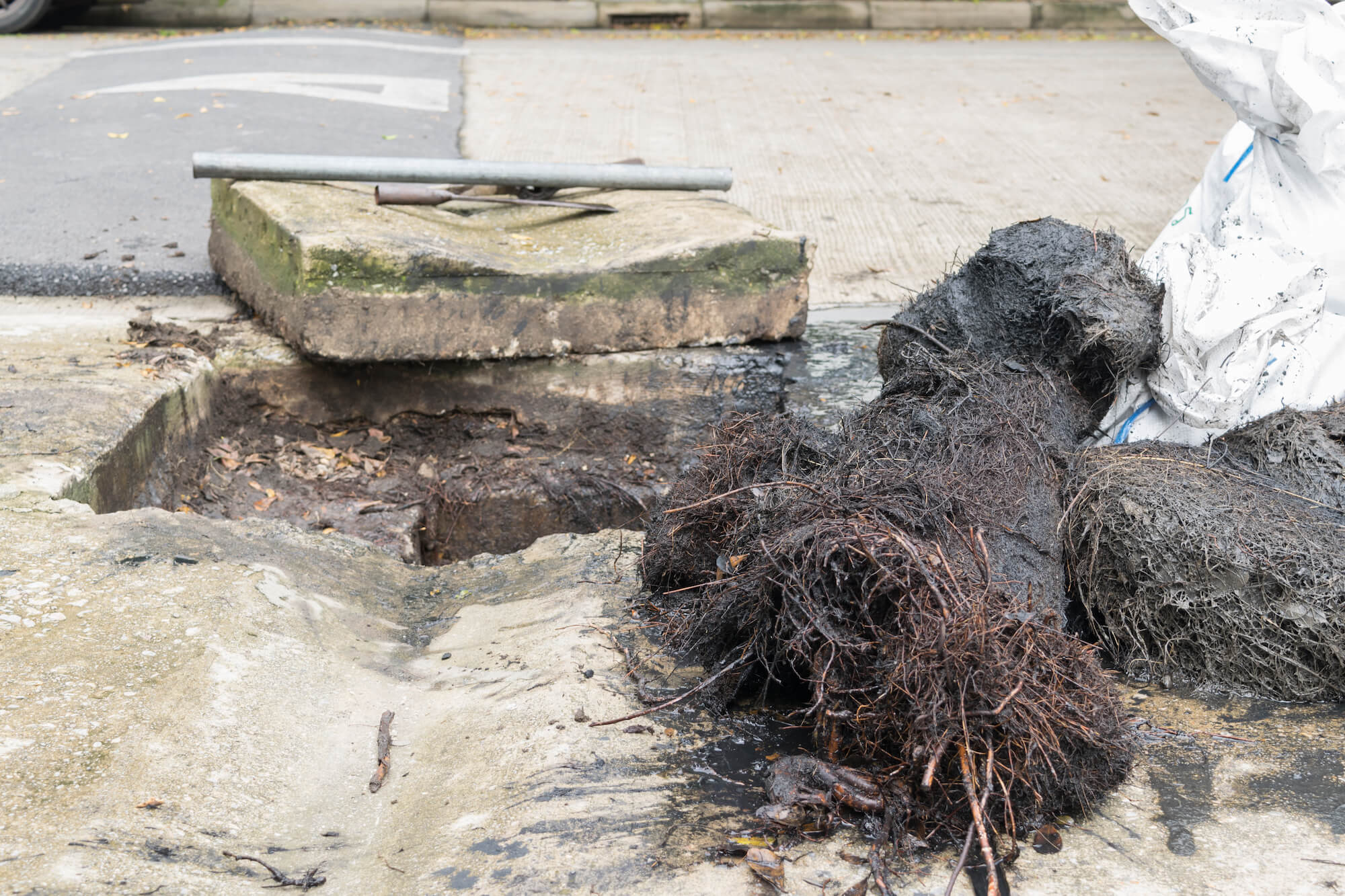$0 Call Out Fee*
Fast 60 Mins Response

How Does Pipe Relining Work
As drain pipes age, they start to have all sorts of problems around the house. In order to prevent future problems from occurring with the pipes, underground pipes that are getting old or that have been damaged by tree roots, water, and other elements should be fixed, but it’s challenging and difficult to do so if the pipes are underground.
Pipe relining is an efficient solution to fix the underground pipes without digging up the driveway or backyard. It’s an innovative technology, and this article will tell you what pipe relining is, how it works, and other things you should know about it.
What is Pipe Relining?
Pipe relining is a specialized form of sewer repair that’s gaining popularity with homeowners and businesses in the recent years.
To understand the difference between traditional pipe lining and trenchless plumbing (aka pipe relining), you first need to know how conventional piping works. With conventional sewage systems, pipes are buried underground between your house and your septic tank or city sewer line. Buried pipes have several issues that can cause them to fail over time; and when that happens plumbers traditionally would dig up the driveway, backyard, pavement or any other surface to reach to the pipe underneath.
Unlike traditional pipe replacement that is invasive and takes digging or excavation, the entire procedure of relining pipes is carried out from above ground, without any digging or excavation.
So How Does Pipe Relining Work?
1.First, our plumbers will send a drain camera down the drain pipes to examine the plumbing system and measure up for any breaks or pipe blockages. This assists us in determining the nature of the problem and its location.
2.Once the source of the problem has been identified, we will flush the drain with a method known as hydro jetting. Any clog or debris buildup in your pipes will be simply removed. Then our technicians will design a unique pipe lining and bladder. They build a custom felt liner and an inflatable bladder to match the exact requirements of the pipe, including any bends or junctions, once measurements are received.
3.When the relined section of pipe is ready to be installed, the technicians soak the felt liner in epoxy glue and insert the bladder into the pipe liner. Each end of the pipe liner has a rope attached to it, which the experts use to pull it into place using the existing access points to your pipes.
The technicians pull the felt liner and uninflated bladder into place inside the pipe without excavating using the associated ropes and existing access points to your pipes.
To make sure it’s in the appropriate place, a specialized drain camera is used. The bladder is then inflated with air, which blasts out the felt liner and seals it against the old pipes, creating a new pipe that plugs any breaks or cracks. The bladder is kept inflated until the resin cures to form a rigid, robust pipe.
The bladder is then deflated and pulled out of the pipe, leaving you with a brand new, robust, and waterproof pipe.
4.After your pipe has been relined, we use our CCTV drain inspection camera to ensure that everything has been properly placed and sealed.
What are the Benefits of Pipe Relining?
Pipe relining can be a big cost saver over full replacement. Relined pipes are in place with minimal excavation, avoiding additional labor costs and structural damages.
An added benefit is that after pipe relining, only a part of your property will be affected by construction activity—your yard and sidewalks will not suffer damage from backhoes or pile drivers. There’s also no disruption to your plumbing system during pipe repair, as there is when you replace it.
What Do I Need to Know Before I Get Started?
The first step to getting your project off the ground is finding a good plumber around North Shore. This can be difficult, since there are a lot of plumbers around. Finding a quality plumber will require some legwork, but if you follow these steps you should be in good hands.
First, ask friends and family for recommendations. Next, make sure to look for reviews online if you are going to contact a new plumber for the first time. Checking out a plumber’s website, Facebook page and Google reviews is always a good starting place.
